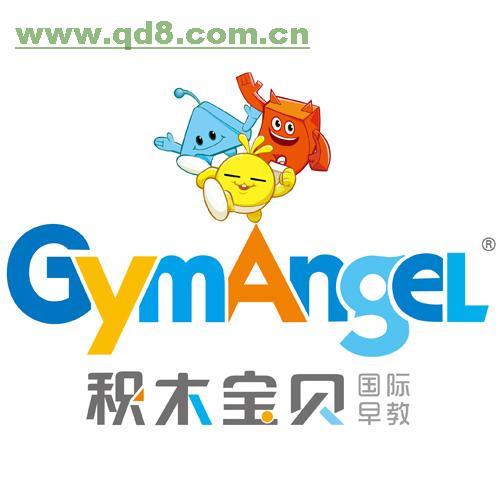Starting Early: Teaching Forklift Terminology in English
Introducing children to the world of forklifts and teaching them the associated English vocabulary can be a fun and educational experience. Not only does it help children develop their language skills, but it also familiarizes them with the inner workings of various industries that rely on forklifts. In this article, we will explore some effective strategies and resources for teaching forklift vocabulary in English to young learners.
1. Create a visual learning environment:
Children learn best through visuals and handson experiences. Utilize pictures, models, and diagrams to introduce the different parts of a forklift, including the mast, carriage, lift forks, and tires. Label each component to reinforce vocabulary learning. You can also organize field trips to warehouses or factories where children can observe and interact with real forklifts.
2. Use ageappropriate language:
When teaching forkliftrelated terms, it's important to consider the age and language proficiency of the children. Start with simple vocabulary, such as "forklift," "lift," and "lower." Gradually introduce more complex words like "hydraulics," "pallet," and "safety procedures" as children become more comfortable with the basics. Use gestures, actions, and roleplaying to help them understand and remember new words.
3. Engage with interactive games and activities:
Make learning fun by incorporating interactive games and activities into the lessons. For instance, play a matching game where children match pictures of different forklift components with their corresponding words. Use flashcards with visuals and ask children to identify and say the correct term. Create a mini driving course using toy forklifts and have children follow instructions using the correct vocabulary.

4. Provide authentic materials:
Expose children to reallife situations where forklifts are used. Show them videos or pictures of forklift operators at work in warehouses or construction sites. Discuss the importance of forklift safety and the role of operators. Encourage children to ask questions and express their curiosity about forklifts and their functions.
5. Collaborate with parents and the community:
Encourage parents to support their child's learning by discussing forkliftrelated terms at home. Provide parents with resources and vocabulary lists to reinforce learning outside the classroom. Additionally, consider inviting guest speakers, such as forklift operators or industry professionals, to share their experiences and answer questions from the children.
6. Assess and celebrate progress:
Regularly assess children's understanding of forklift vocabulary through quizzes, games, or individual discussions. Celebrate their progress and achievements by organizing a special event, such as a "Forklift Day," where children can showcase their knowledge and skills. This will boost their motivation and provide a sense of accomplishment.
Remember, the primary goal is to create a positive learning experience for children while introducing them to forklift terminology in English. By using ageappropriate language, interactive activities, and reallife examples, we can help children develop a fascination for the fascinating world of forklifts and the industries they serve.











